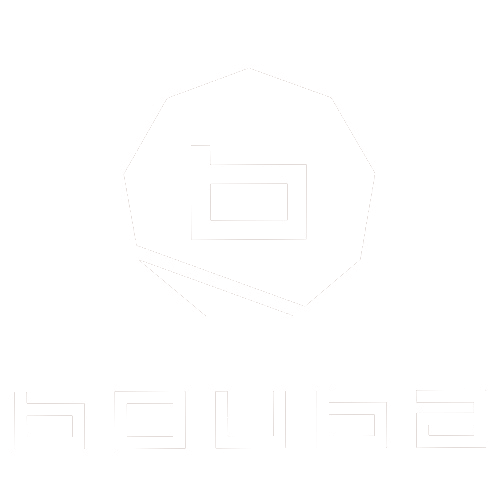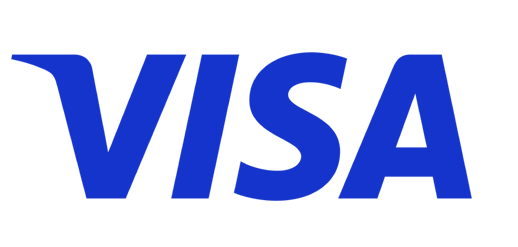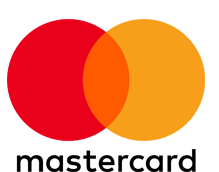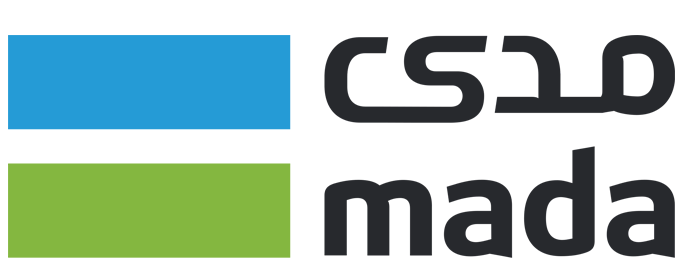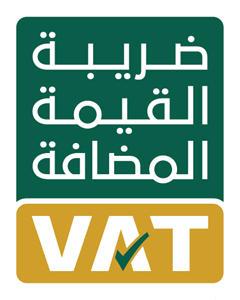Beauty professionals often obsess over surface elements—shapes, shades, lines. But lasting, expressive artistry doesn’t begin with the visible. It begins with what lies beneath.
“You can’t lift the eye unless you understand how it’s built.”
At Bouba World, we teach that eye anatomy is non-negotiable. It’s not just science—it’s strategy. To design brows that harmonize with the face, to blend eyeshadow with intention, to lift without distortion—you must see the architecture, not just the skin.
This blog is your deep dive into the anatomy around the eye, and why structural awareness is the foundation of refined, respectful beauty.
